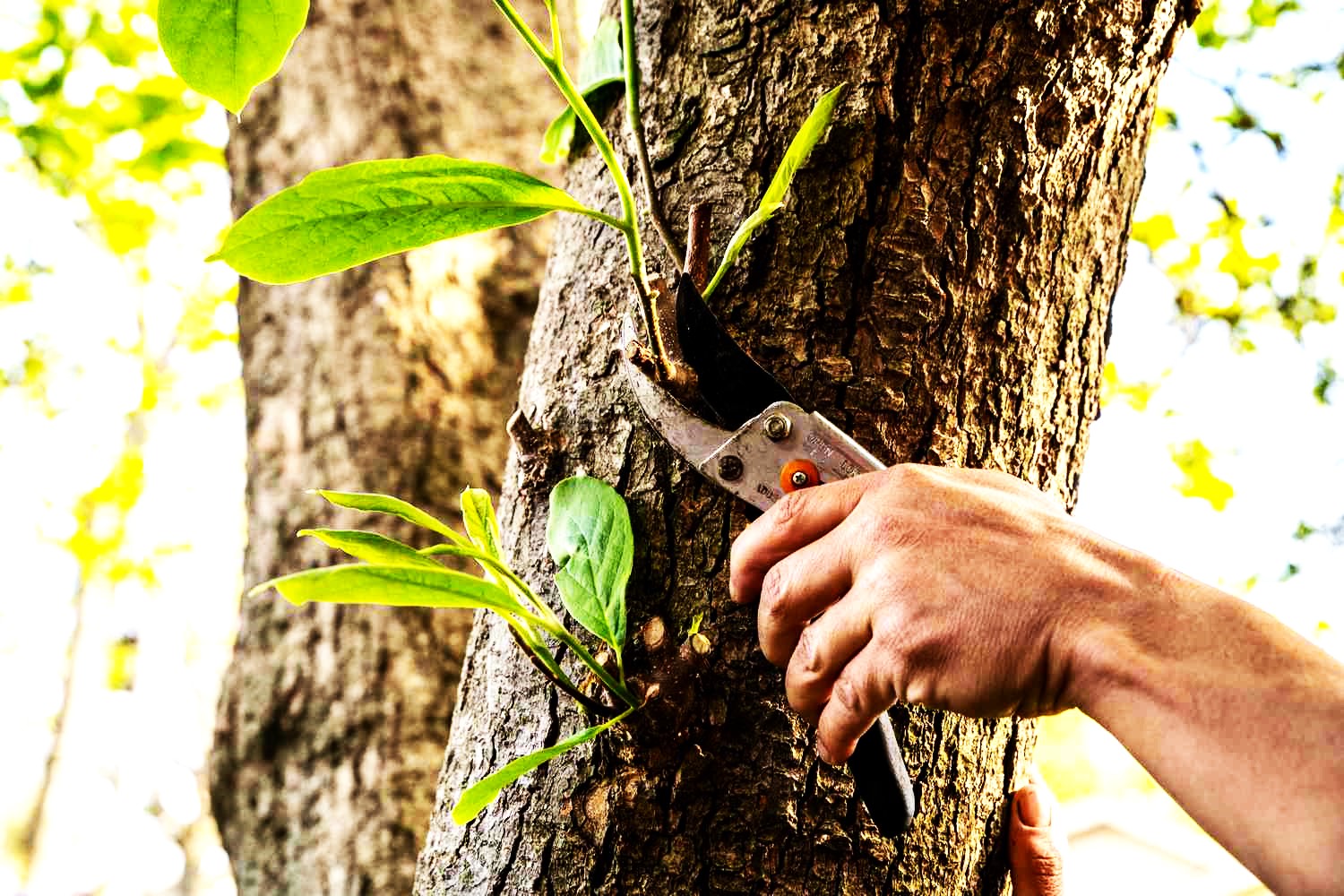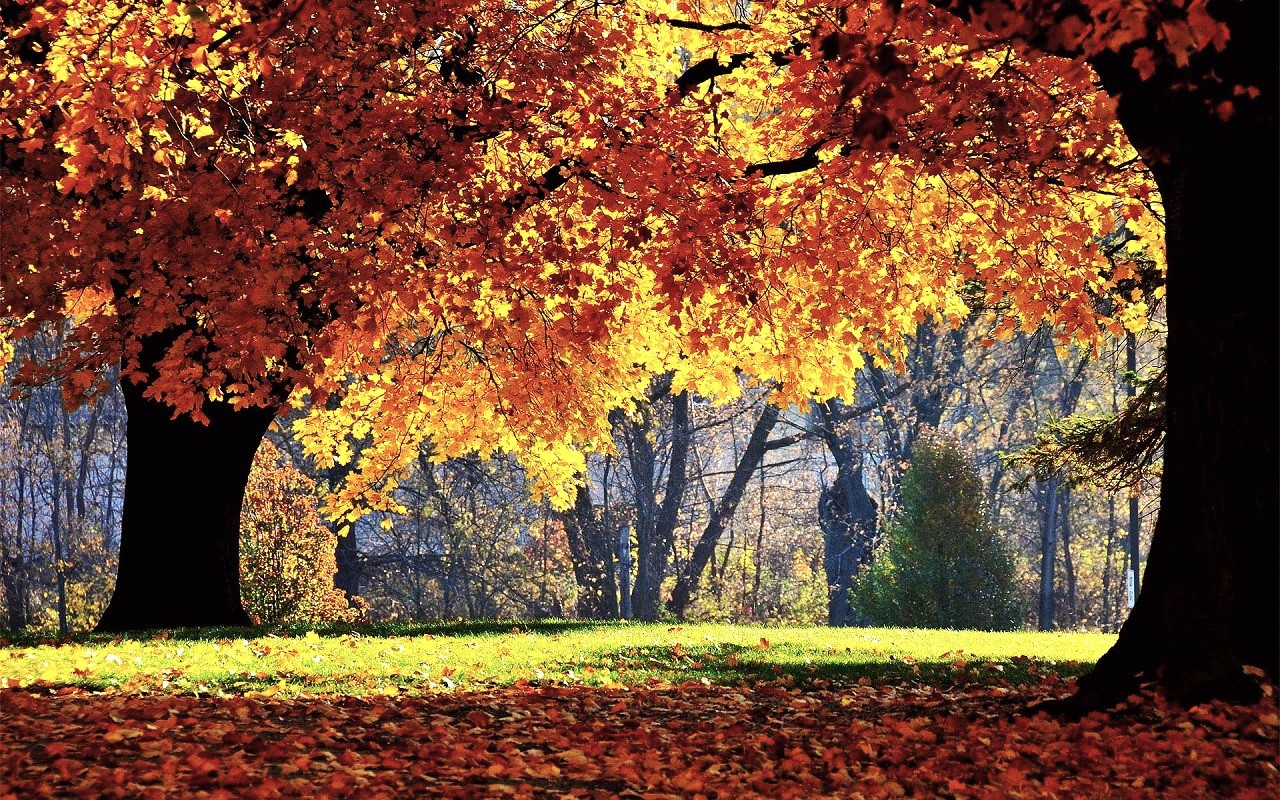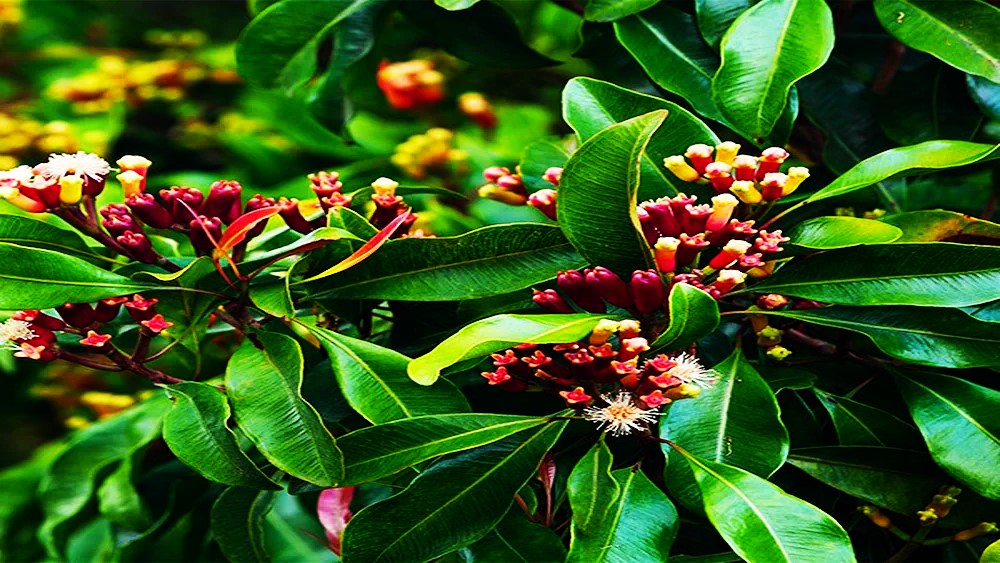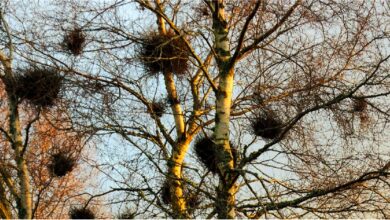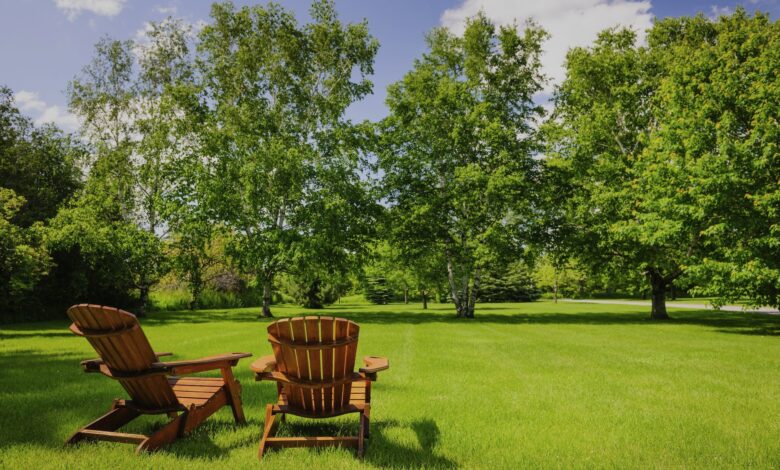
Trees are beautiful natural features that greatly enhance the curb appeal of a building. Yes, there are a lot of trees that will raise the value of your house. When it comes time to sell and move on, they can be a major pain if they are planted carelessly.
It’s not always the tree’s fault; some of the most recognizable trees in America are simply not meant to be planted close to residential areas. For example, an oak tree placed in a sizable open area might be highly valued. Yet, it will turn off buyers if it is close enough for its roots to cause damage to the hardscaping and foundation.
Which Trees Lower a Home’s Value?
Trees with aggressive roots are the most likely culprits to devalue your home because they can destroy sidewalks and paving and jeopardize the stability of building foundations. But many purchasers will also be alert for invasive trees in gardens, which spread like weeds and are costly and difficult to eradicate.
Bad-smelling or messy trees can be enough to drive away buyers even in situations where they are not invasive.
Fortunately, most trees will turn out to be a useful addition to the scenery. However, it’s crucial to conduct research before selecting a tree. Verify that the option you have selected is appropriate for the USDA planting zone, does not have aggressive roots or spread invasively, and has maintenance requirements that align with your lifestyle. The mature height and spread of the tree, as well as the planting distances, must also be taken into account and respected.
Find out which trees are not so good to plant in your backyard.
1. Willow in tears
Weeping willows are among the most romantic and evocative trees, but they are notorious for having invasive roots. The aggressive and shallow roots shoot out in all directions, searching for water, covering an area that is about three times the height of the tree. They can harm pipework and are drawn to main water lines, septic tanks, and sewer drains.
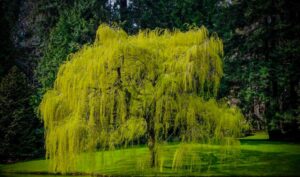
Weeping willows are a thirsty tree that thrives in USDA zones 4 through 10, and their roots draw a lot of water out of the ground. Trees that are planted too close to a house may even cause structural problems like subsidence.
In addition, the tree’s brittle wood makes its branches more likely to break off during a storm.

You should be able to plant a weeping willow tree if your property is large enough, as long as it is planted far from the house, near a body of water, and away from any pipes. However, most buyers will raise an eyebrow if they are planted in tiny yards or too close to the house.
2. Bradford Apple
The Bradford pear appears to be a lovely landscaping tree at first glance. But in addition to being extremely invasive, it breaks easily during storms, produces bitter, inedible fruit, and—possibly most off-putting for prospective buyers—when it is in flower, it smells awful (think vomit or rotting fish).
USDA zones 5 through 9 once saw a lot of popularity for Bradford pears as ornamental trees. The tree is native to Asia and was once believed to be sterile. Bradford pears started interpollinating with other Pyrus calleryana cultivars despite their inability to self-pollinate.
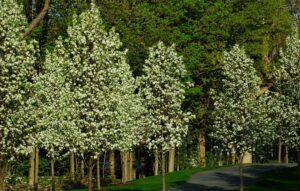
Birds that ate the fruit quickly dispersed the resulting seeds, and new trees developed into ugly specimens with lots of thorns.
These trees, also referred to as Callery pears, are incredibly resilient and have overtaken native species in forests, open fields, and roadside areas. Thus, the local wildlife has suffered as a result.
Although the Bradford pear is still widely available in many states, it has already been outlawed in a few and is being considered for outlawation in others. If the unpleasant stench of the tree doesn’t already diminish the value of your house, its reputation certainly will.
3. Pines
Most buyers will raise an alarm if poplars are planted close to a property. Poplars are big, striking trees that thrive in USDA zones 3 through 9, but they also have a strong, vast root system that reaches two or three times the tree’s height. The roots will exploit any weak spots in sewage lines or basements and can lift patios, driveways, and sidewalks.
Furthermore, the branches are brittle and frequently break during inclement weather. Diseases and pest infestations can also affect trees,
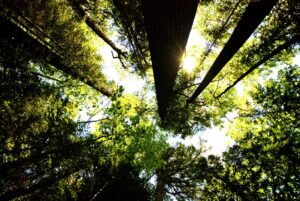
The fluffy white seeds of the cottonwood poplar variety clog gutters, screens, and air conditioners in addition to aggravating seasonal allergies. They also detract from curb appeal and leave a lot of mess in the landscape that is hard to clean up.
4. The Catalpa region in the north
A Northern catalpa or catawba tree (Catalpa speciosa) will discourage some buyers, but it won’t necessarily lower the value of your house.
It’s one of the messiest trees for landscaping because it sheds its leaves all summer long, making it appear quite ragged. Its fluffy white flowers are pretty, but when they fall onto driveways or paths, the long, thin seed pods that follow create an ugly, slimy mess.
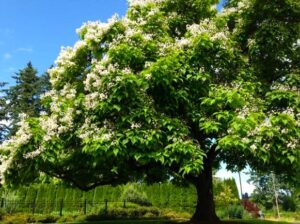
For many, one of the biggest turn-offs is that catalpa worms, which are actually caterpillars, only get their food from the trees. Thousands of these creatures will live in your tree during the busiest time of year, stripping the leaves off before they fall to the ground. Usually, the trees bounce back the next year.
Catalpa worms make great fish bait, so while many prospective buyers won’t want a tree covered in caterpillars, fishermen will gladly take it off your hands.
Catalpa trees can become invasive and grow quickly. Seed pods can be raked up to control their spread.
5. Heavenly Tree
The tree of heaven (Ailanthus altissima) is also known as the stink tree because, despite its charming name, it has a terrible stench. Many people compare its smell to that of burned peanuts, cat poop, or musty gym socks.
If the awful stench wasn’t enough to turn off potential buyers, its intrusiveness will. The tree of heaven is an imported species that spreads quickly through seeds and suckers and grows like a weed in USDA zones 4 through 8. If allowed to spread out unchecked, it will supplant more attractive native trees. It even releases chemicals from its roots to suppress the growth or even kill off neighboring plants.
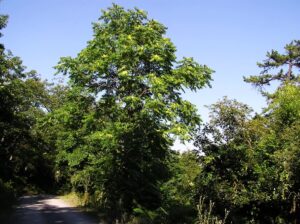
Heavenly trees do not live long, but they can easily reseed from their stump. A tree that has been chopped down will grow back at a startling rate, reaching up to 15 feet (4.5 meters) a year.
To make matters worse, the tree’s wood is extremely brittle, so you should prepare for a significant loss of branches during storms.
Controlling trees of heaven is a difficult task that involves herbicide use, burning, and cutting.
6. Dark Locust
The black locust (Robinia pseudoacacia), which is hardy in USDA zones 4 through 9, is native to most of the United States, in contrast to many invasive trees. On the other hand, it spreads by suckers and has an aggressive root system. If trees are allowed to spread out and crowd out other plants, they can quickly take over a garden.
A black locust that has been chopped down doesn’t stop it. Rather, a large number of quickly spreading suckers will appear in your yard and even in the yards of your neighbors.
In spring, the black locust plant produces fragrant flower clusters that make it a visually appealing addition to landscapes. But it also yields a lot of dirty fruit that can detract from a property’s curb appeal and require a lot of cleaning up.
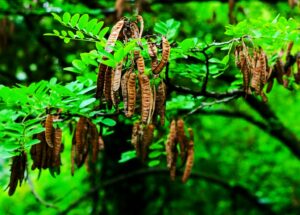
In addition, it is a prickly tree that is prone to illness and pests. Although the tree has its supporters, if you plan to sell your property soon, you shouldn’t plant it.
7. Mimosa Silk Tree
Silk tree mimosa (Albizia julibrissin), a short-lived tree with weak wood, is a highly invasive species that spreads like a weed in USDA zones 6 to 9.
The fragrant fluffy flowers and attractive leaves of the silk tree mimosa, which was originally imported from Asia, captivate gardeners.
But every year, the trees yield thousands of seeds that germinate and survive for a long time in the soil. It can be quite messy when flowers and pods shed. Upon being dispersed by fauna, the trees rapidly form clusters and displace indigenous species.
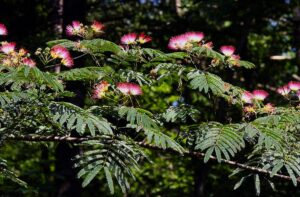
Controlling silk tree mimosa after it has colonized can be challenging because the trees are tolerant of most soil types, don’t mind being uprooted, and are not harmed by hot, dry weather.
Extreme cold spells are the only thing that control these trees, which is why they are less dangerous in the north.
During a house viewing, prospective buyers can easily identify silk tree mimosas due to their unique appearance. However, those who are aware of this are unlikely to agree to your asking price.


